29 F. average high for February 15 at KMSP.
42 F. high temperature a year ago; February 15, 2011.
Trace of snow fell yesterday in the cities.
.4" snow so far this month in the metro area.
4" snow should have fallen during the first half of February.
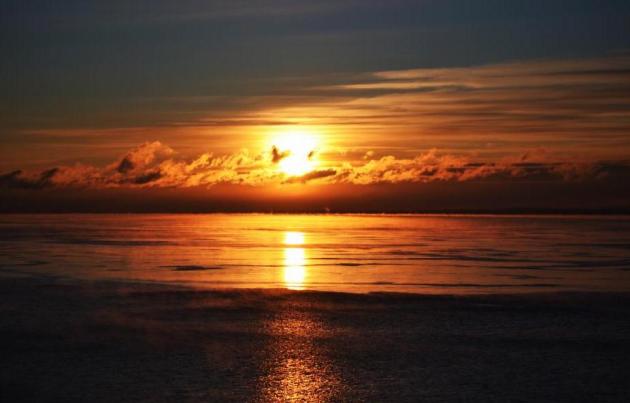
The sun should be more visible in the coming days, drier (stronger) westerly winds sweeping away the fog, stratus and muck. Highs may approach 40 later today, again tomorrow - temperatures 4-8 degrees cooler by Saturday.
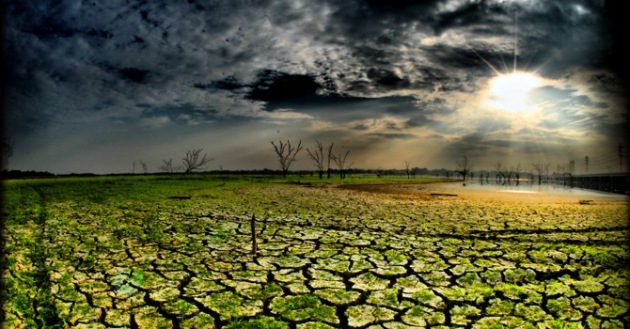
"An estimated 5.6 million trees that once shaded homes, streets and parks in communities across Texas now are dead as a result of last year’s unrelenting drought." - Texas Forest Service, details below.
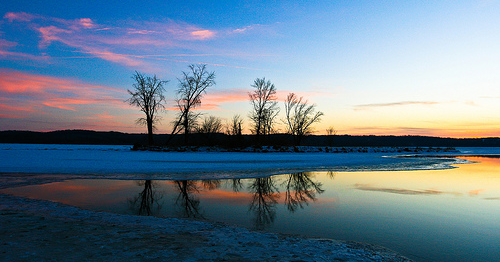
"Global warming is a fact. And he only needs to look to his own experiences over his hunting and fishing lifetime to bring those facts to light. Ponds that were once full of water, have dried up. Streams aren’t flowing at as high a rate as they used to. Snow pack is lower, snow is falling later in the year. Deer and Elk populations stay up at higher elevations during hunting season because there isn’t enough snow to push them down." - from a story below on U.S. sportsmen acknowledging the reality of climate change.

A Cry For Help: $24 Starbucks Coffee Drink. Details below.

Meteorological Winter Temperatures (December 1 - February 14):
17.5 F average
26.4 F. 2001-2002
25.5 F. 2011-2012
8 F. Meteorological winter (since December 1) is running 8 degrees warmer than average in the metro area.
2nd warmest meteorological winter so far...
4th warmest meteorological winter since 1872 at MSP for entire winter? With current temperature predictions for the last half of February (signs of a cool-down), there's a good chance we'll wind up in 4th place for the Dec. 1 - March 1 meteorological winter in the Twin Cities, coming behind 2001-2002, 1930-31 and 1877-1878.
* right now we're experiencing the second warmest meteorological winter (to date) since 1891, according to Pete Boulay at the MN State Climate Office. The warmest meteorological winter was during the pioneer records: 1877-78. Again, with current predictions we'll probably wind up in the number 4 slot (since 1872). Photo credit: AP.
4th warmest winter, to date, for Green Bay, Wisconsin. Source: NOAA.
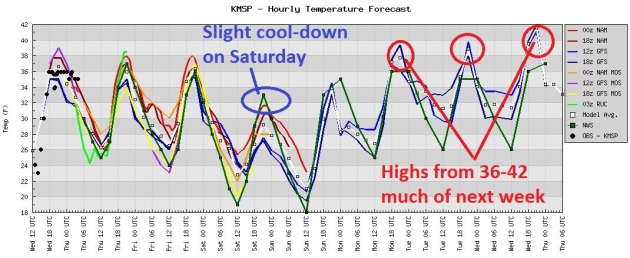
Temperature Trend: Warmer Than Average. The models are in fairly good alignment - temperatures run a good 5-10 degrees above average through next week, only a slight cool-down over the weekend. I wouldn't be surprised to see a couple days above 40 the latter half of next week.

Monster-Flakes. Did you see some of those Frisbee-size snowflakes yesterday? O.K. Maybe not quite that big, but there were easily 1-3" in diameter for a time. The bigger the flakes, the closer the mercury in the lowest mile of the atmosphere is to the freezing mark, with enough supercooled water in the air to act as an atmospheric glue, causing ice crystals to stick together. Cold air: small flakes. Close to freezing: humungous flakes. Pretty good rule of thumb.

Potential Nor'Easter on Sunday? Don't Bet On It. It's still early, but some of the long-range guidance (GFS) spins up a significant storm off the east coast on Sunday, with a potential for a foot of snow from the Poconos of northeastern PA to the northwestern suburbs of New York City, Hartford and Worcester, MA. Right now it looks like the major urban centers of Washington D.C. and Philadelphia may escape heavy snow, with a few inches of slush possible in downtown New York, Providence and Boston. Stay tuned for updates. Graphic source: NOAA NCEP and WeatherCaster.
* note: the European, ECMWF model, which is often more accurate than the GFS, whisks Sunday's storm quickly out to sea, a little slush possible over Maryland, the hills of western Virginia, possibly the Delmarva Peninsula, but no major snow for southern New England. I tend to believe the ECMWF, which has been doing a (much ) better job overall this winter.
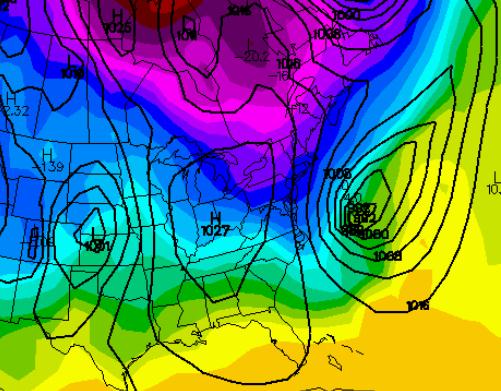
ECMWF Solution: Farther South. The latest GFS runs seem to be (finally) coming into line with the ECMWF, which doesn't intensify the storm until it's well offshore. The atmosphere may be warm enough for mostly rain across the Carolinas and much of Virginia; by the time the storm winds up into something ferocious it should be well offshore.
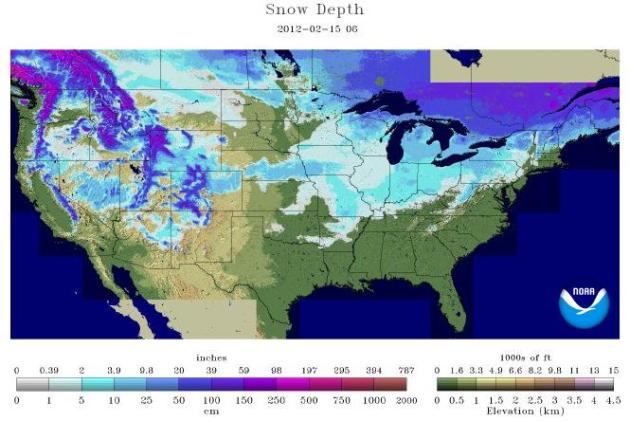



Extended Outlook: March 3. The 500mb forecast for early March shows a continuation of westerly winds aloft, highs in the 30s, even a few 40s, with a series of relatively weak, clipper-like storms. This may come as a shock, but I still don't see any major storms for Minnesota or the Upper Midwest looking out 2 weeks or so.

Still In Search Of Cold Air. Nothing even remotely subzero is brewing through the first few days of March; the GFS hinting at one day in the 20s around Feb. 27. Still no significant precipitation (of any flavor). The drought signal is overwhelming all other signals out there. I still have a bad (and growing) feeling about our deepening drought.


No-Snow Winter Sends Skiers Golfing. The story from Bloomberg: "The golf course is getting plenty of use this month at the private Woodmere Club on New York’s Long Island, which has had to adjust to the unseasonably warm and dry winter on the U.S. East Coast. “I’m a bit of a skier, and I have a place in Vermont that I usually rent out, so I’m now caddying when I’m not managing the club,” General Manager Don Mollitor, 52, said with a laugh. “I need to supplement that rental income.” Only 29 percent of New York State is covered in snow, compared to 99 percent a year ago, according to the U.S. National Operational Hydrologic Remote Sensing Center in Chanhassen, Minnesota. That’s the least amount of snow cover since the center began keeping records in 2004, and an example of the uncommonly dry, warm weather that has made people forget skiing and grab their golf clubs." Photo credit: AP.
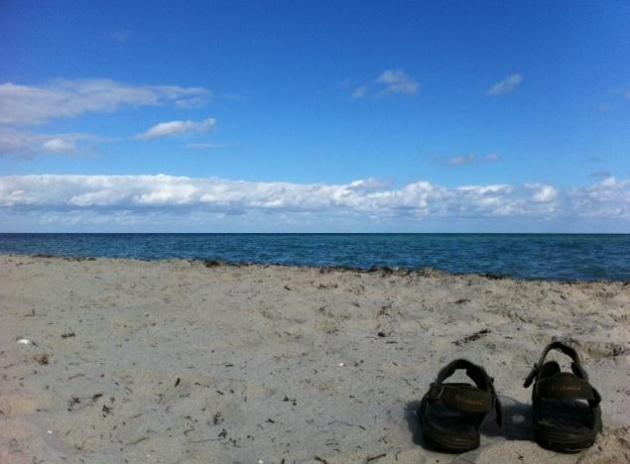

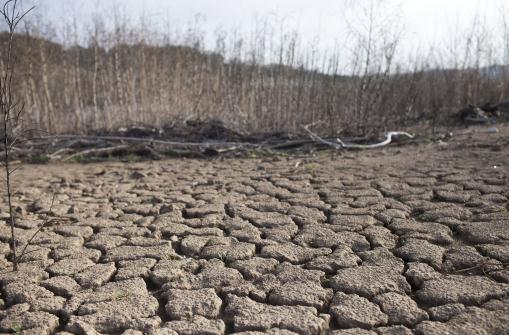
Drought Takes Toll On Urban Forest - Millions Of Shade Trees Dead. Here's a story from the Texas Forest Service that captures the magnitude of the recent drought - the worst in Lone Star State history: "All cities and towns in Texas were included in the study with the exception of the Trans Pecos region, where tree mortality was determined to be a result of a February 2011 cold snap; not the drought.
Findings:
- An estimated 5.6 million trees in urban areas were killed as a result of the drought. This figure may represent as much as 10 percent of the total number of trees that make up the urban forest.
- Because these dead trees are in populated areas, many are a safety issue and will need to be removed. The estimated cost to remove these trees is $560 million.
- Urban trees do more than just beautify your community. They also provide economic and environmental benefits like cutting your heating and cooling bill, cleaning the air you breathe and water you drink and boosting your property values. The estimated loss of economic and environmental benefits provided by these trees is roughly $280 million per year. "
* photo above courtesy of Ben Sklar, The New York Times.
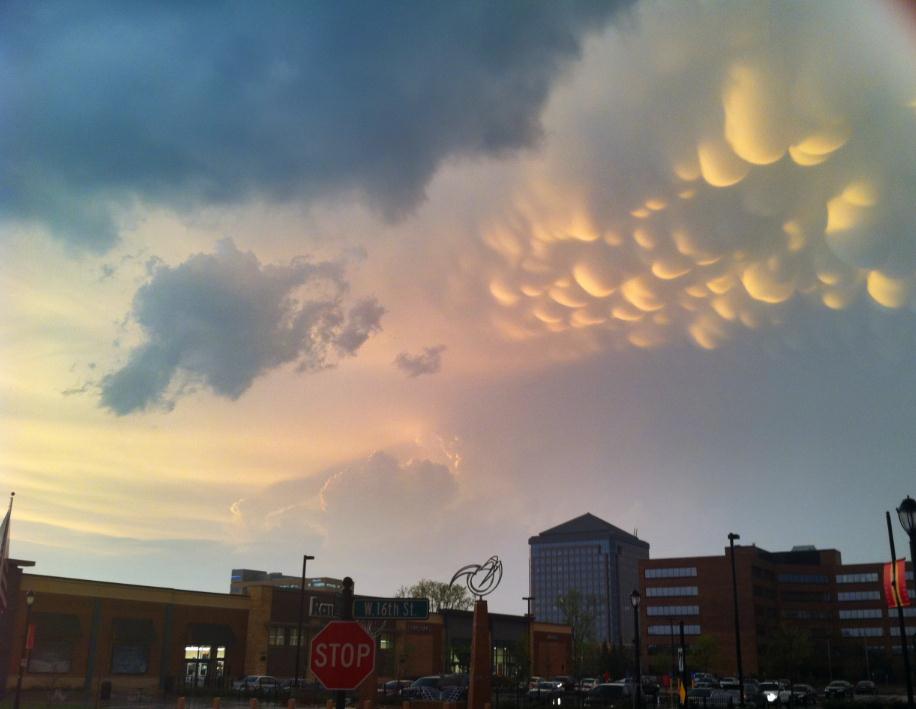
Learning How To Spot Storms. Here's a timely story from the Miami County Republic in Kansas City: "Learning the signs of severe weather is important for any storm-spotter, and Teachman taught the officers that when the sky turns green in color, it’s a sign that heavy hail, and possibly tornadoes, could be on the way. Teachman said the green color is created by the heavy pieces of hail passing through the sunlight.The spotters also learned how to distinguish a shelf cloud from the more dangerous wall cloud, and they memorized the phrase, “If it doesn’t spin, don’t call it in.” That means that if they don’t spot any rotation within the thunderstorm, they shouldn’t call it in as a tornado.When reporting hail, Teachman also told them to never describe it as marble-sized, because there are different types of marbles. Instead, she suggested using different types of balls, fruits or coins as comparisons."
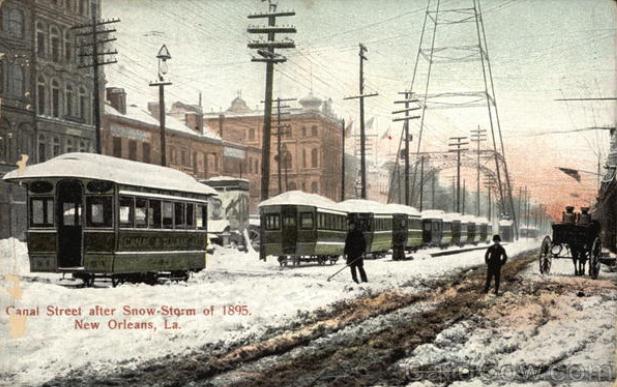
New Orleans Snowstorm! Wednesday marked the anniversary of the great snowstorm of 1895. Photo of Canal Street courtesy of cardcow.com.



Scientists Study How Little Exercise You Need. Slashdot.org ran a story that caught my eye. How much is...enough? "Researchers have developed a version of high-intensity interval training (HIIT) that involves one minute of strenuous effort, at about 90 percent of a person's maximum heart rate (which most of us can estimate, very roughly, by subtracting our age from 220), followed by one minute of easy recovery. The effort and recovery are repeated 10 times, for a total of 20 minutes and the interval training is performed twice a week. Despite the small time commitment of this modified HIIT program, after several weeks of practicing it, both the unfit volunteers and the cardiac patients showed significant improvements in their health and fitness."




The World's Most Expensive Starbucks Drink Costs $24 And Has 1400mg Of Caffeine. This is truly a cry for help, but I had a good laugh reading over the ingredients - the story at thenextweb.com: "According to Warren, the gut-busting glass contains the following:
- 16 shots of espresso
- 1 shot of soy milk
- Caramel syrup
- Banana puree
- Strawberry puree
- Vanilla beans
- Matcha powder
- Protein powder
- Caramel drizzle



Wednesday Bust. O.K. It was definitely wetter out there yesterday than I thought it would - a fast moving clipper squeezing out a few hours of wet snow, even a little rain and drizzle mixing in. Highs ranged from 36 at St. Paul to 40 in St. Cloud, 41 at Eau Claire.

Paul's Conservation Minnesota Outlook for the Twin Cities and all of Minnesota:
TODAY: Mix of clouds and sun, still milder than average. Winds: W 10-15. High: 37
THURSDAY NIGHT: Patchy clouds, no weather worries. Low: 24
FRIDAY: Partly sunny and mild. Hints of March in the air. High: near 40
SATURDAY: Plenty of sun, slightly cooler. Low: 19. High: 32
SUNDAY: Sunny start, high PM clouds increase. Low: 15. High: 36
MONDAY: Cloudy, wet snow possible late - any amounts in the nuisance range - most roads probably stay wet. Low: 19. High: 34
TUESDAY: Flurries taper, slow clearing. Low: 24. High: 34
WEDNESDAY: More clouds than sun, quiet. Low: 26. High: 37
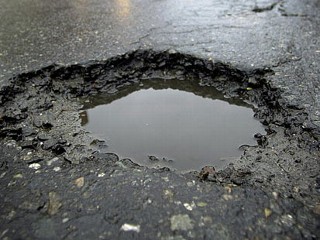
Statewide Spring Break
If this keeps up fewer of us will be daydreaming about spring break beach getaways. This year spring break is coming early, and all of us have been invited to play along.
Yesterday, walking into our studios, I noticed birds chirping, some 30-40 days ahead of schedule. Flowers are blooming from D.C. to Atlanta; allergy sufferers are already complaining. Our weather seems to be stuck on "fast- forward.
Yes, the 4th warmest meteorological winter since 1891 has saved us millions on snow removal and heating costs. But a lack of snow could mean limited moisture for spring planting, and a high risk of brushfires.
Long-range guidance suggests a continuation of our atmospheric status-quo; still nothing resembling a "storm" through the end of February. Some models are hinting at a cold end to the month, but right now I don't see any more subzero lows for MSP.
The only thing I can predict with (rare) 100% accuracy: potholes. The freeze-thaw cycle has arrived nearly 1 month early. Water freezes and expands at night, pulverizing highway surfaces, carving out a few moon-size craters on your favorite stretch of road.
Will local media soon be leading the news with Pothole Advisories?
Climate Stories...

Sportsmen Defend Global Warming As Fact. The people who are out in the weather, seeing the changes with their own eyes, acknowledge what is going on. It's a slow-motion transformation, but this warming trend is impacting migrations, timing of the seasons, the list goes on. Here's more from the bigforkeagle.com in Montana: "The hot button issue of global warming takes roots in Bigfork with the formation of Conservation Hawks, a non-profit group of hunters and anglers that aims to protect the future of hunting and fishing. Conservation Hawks is focused on what they say are the biggest issues facing hunters and sportsmen in the long-term. Things that would reduce fish numbers in streams, reduce stream flows, dry up ponds, reduce game numbers and affect their migration patterns. “Things that would prevent our grandchildren from being able to follow in our footsteps,” board member Todd Tanner said. “We coalesced on climate change as the biggest.” The change being that the earth’s climate is warming."

Significant Climate Events For January 2012. Here's a high-resolution version of the map from NOAA: "The USA experienced the 4th warmest January since records began in 1895. For the first January since 2006, none of the contiguous states had below-average temperatures."

Leak Offers Glimpse Of Campaign Against Climate Science. An important story from The New York Times: "Leaked documents suggest that an organization known for attacking climate science is planning a new push to undermine the teaching of global warming in public schools, the latest indication that climate change is becoming a part of the nation’s culture wars. The documents, from a nonprofit organization in Chicago called the Heartland Institute, outline plans to promote a curriculum that would cast doubt on the scientific finding that fossil fuel emissions endanger the long-term welfare of the planet. “Principals and teachers are heavily biased toward the alarmist perspective,” one document said. While the documents offer a rare glimpse of the internal thinking motivating the campaign against climate science, defenders of science education were preparing for battle even before the leak."
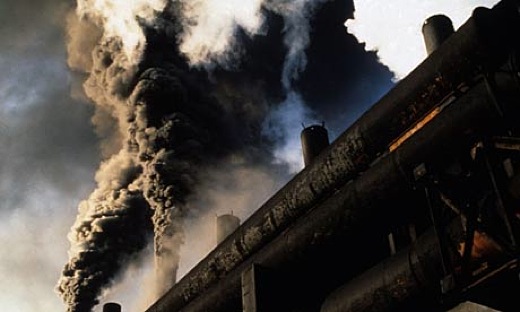
U.S. Pushes To Cut Emissions That Speed Climate Change. Here's an excerpt from The New York Times: "The plan will address short-lived pollutants like soot (also referred to as black carbon), methane and hydrofluorocarbons that have an outsize influence on global warming, accounting for 30 to 40 percent of global warming. Soot from diesel exhausts and the burning of wood, agricultural waste and dung for heating and cooking causes an estimated two million premature deaths a year, particularly in the poorest countries. Scientists say that concerted action on these substances can reduce global temperatures by 0.5 degrees Celsius by 2050 and prevent millions of cases of lung and heart disease by 2030."Photo credit.

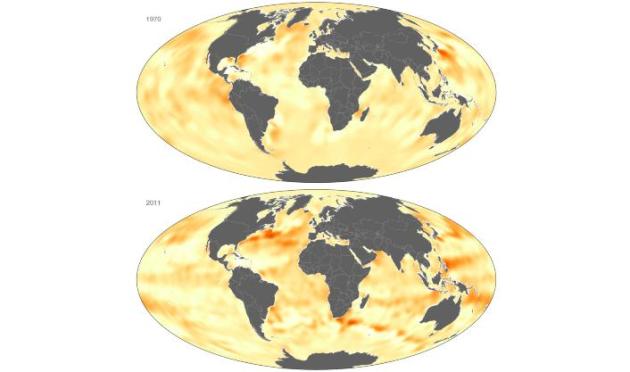
Measuring The Ocean's Heat Intensity. The story from NOAA's Environmental Visualization Laboratory: "The National Oceanographic Data Center has updated their ocean heat and salinity data products to include data from 2011. Shown here are comparison images from 1970 and 2011 for global ocean heat content (OHC) between the surface and 700 meters (2,296 ft) depth. The OHC analysis uses data from ships and buoys to estimate the total amount of heat energy contained in the ocean. Because this is an integrated measure of heat energy, joules are used as the unit. Since 1955, the global ocean heat content has increased at a rate of about 4x1021 joules per year. That increase is equal to about 1x1015 kilowatt-hours of energy. The U.S. Dept. of Energy estimates that the average U.S. household uses 1x104 kilowatt-hours per year, which means that the ocean gains the equivalent of 8x the amount of energy necessary to power all U.S. households per year (not including the energy at depths greater than 700 meters). "

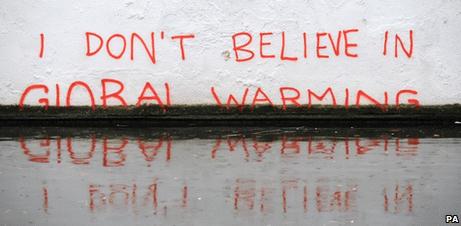
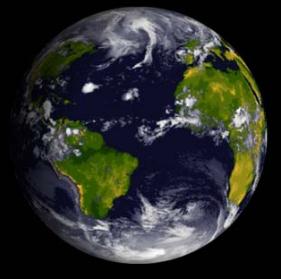
The Catholic Church And Climate Change. From the Yale Forum on Climate Change and the Media: "The Catholic Church hierarchy, beginning with the Pope more than two decades ago, has framed climate change as a moral issue involving ‘the future of God’s creation’ and one best viewed through four principles guiding Catholics’ worldview. On January 1, 1990, Pope John Paul II delivered his World Day of Peace message to Catholics around the world, and for that year’s address he lamented a “widespread destruction of the environment.” World peace, he warned, was threatened not only by arms, conflict, and injustice, but by “a lack of due respect for nature.” John Paul II’s message on that day pointed to a worldwide ecological crisis, and while it did not mention climate change by name his references were clear. “Industrial waste, the burning of fossil fuels, unrestricted deforestation, the use of certain types of herbicides, coolants and propellants: all of these are known to harm the atmosphere and environment,” he said. “The resulting meteorological and atmospheric changes range from damage to health to the possible future submersion of low-lying lands.”

Time Is Running Out For Dealing With Climate Change. The Commons Online has the story: "As hurricanes and tropical storms go, Irene wasn’t the biggest or most powerful storm. But, in the view of author and environmental activist Bill McKibben, Vermont had the misfortune of being at the receiving end of what became a catastrophic weather event of the type that climate scientists have warning us about. “What’s interesting about that storm is that it fits precisely with what the climatologists have been telling us to expect,” he said. “It was not an unbelievably powerful wind storm as it swept up the East Coast, but over the waters of New York and New Jersey it encountered record surface temperatures. This allowed it to soak up enormous amounts of moisture.”
No comments:
Post a Comment